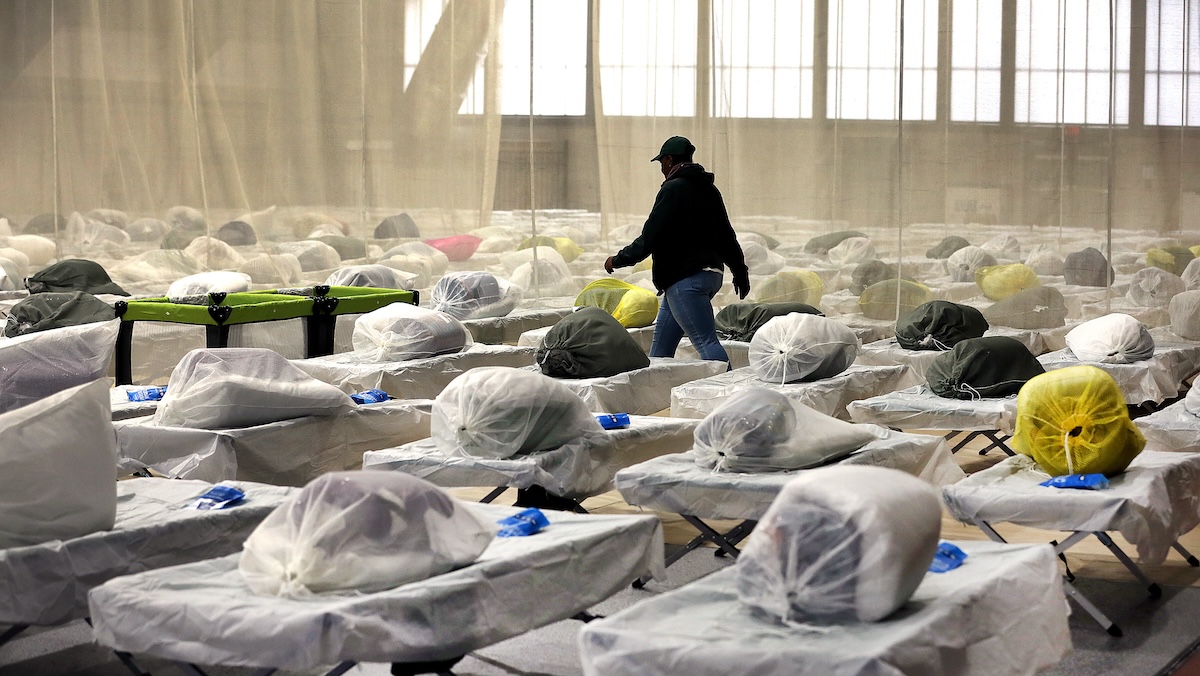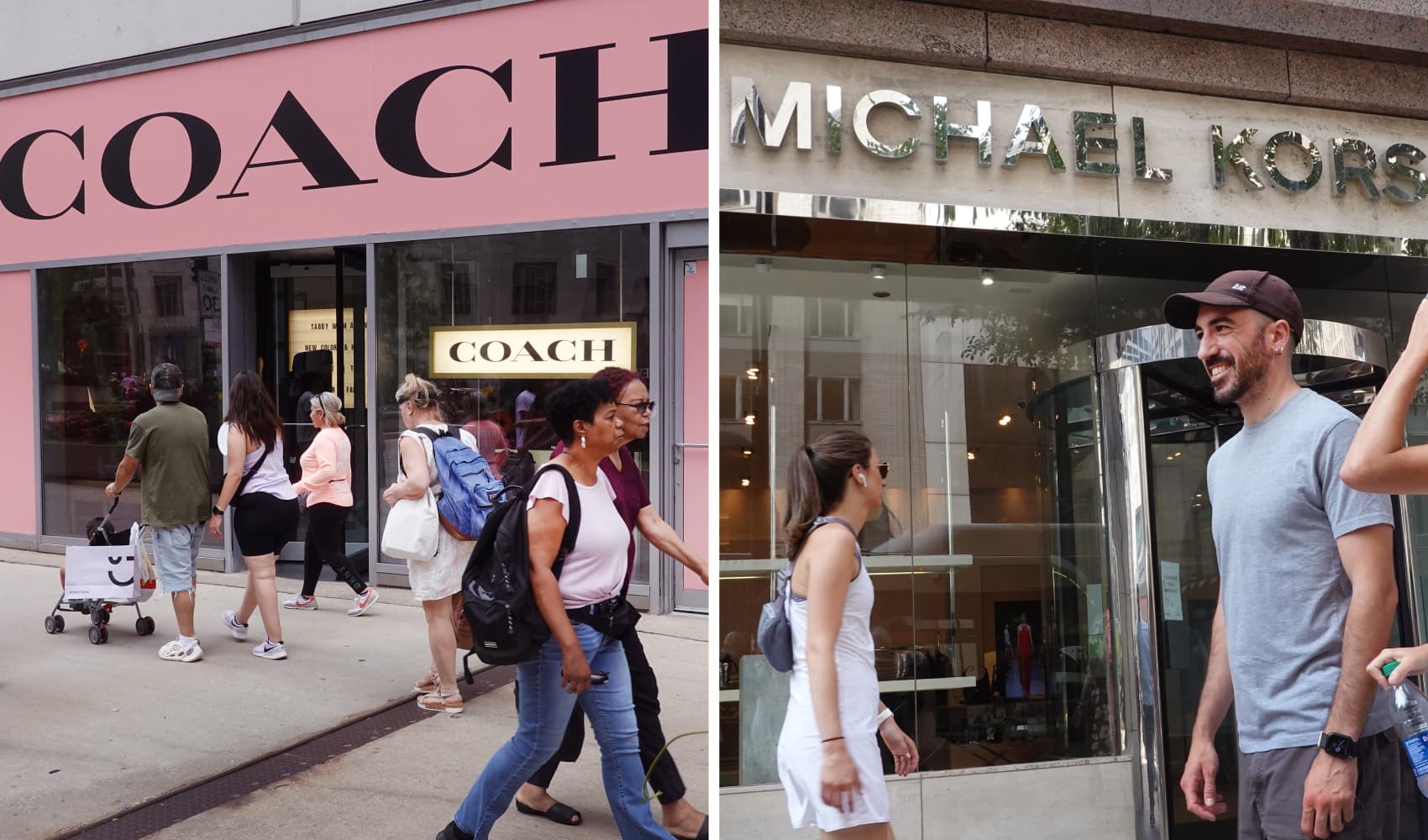Their names are Drake, Pineapple, and Ratner. They are being trained to see, or at least find human remains at a disaster site.
In Florida, search crews continue the agonizing process of sorting through debris of the Surfside condominium collapse. At the University of New Haven there is a group developing a plan with the hope it will one day make a process like that more successful.
Instead of training dogs to search through debris, they are training rats to find human remains in a disaster setting.
“Dogs aren’t going to be great at that because they are not able to get into the small spaces where rats can climb in through those spaces to find those remains,” said Dr. Chris O’Brien, an associate professor in the school’s forensic science department.
Get New England news, weather forecasts and entertainment stories to your inbox. Sign up for NECN newsletters.
O’Brien, who oversees the project says using rats was an evolution of his original idea. In 2019 he began experimenting, using insects with bioluminescence, tracking their frequencies. Rats though have proven more viable. O’Brien says rats have similar olfactory senses to dogs but can find locations a canine could not.
“In that environment, they’ll be able to navigate that labyrinth of rubble to hopefully find remains,” said O’Brien.
In O’Brien’s program are two students who are both helping with the training process. They are conditioning them in various ways to detect decomposition and see the benefits to using rats in disaster settings.
U.S. & World
The group has worked to get the rats to react a specific way once exposed to certain stimuli.
“We’re trying to get them to associate a whistle with a reward so that we can get them to come back to us in the field,” said UNH senior Sarah Pietce.
The whistle, according to O’Brien, teaches the rats when they are about to be fed. They also use it to teach rats to find sulfur, one of the early compounds developed when decomposition begins.
“If they smelled that and there is a reward, they are going to say hey, the smell of sulfur means I’m going to get fed,” O’Brien explained.
O’Brien’s team is a small but dedicated group. They began working on this project in November, well before the Surfside tragedy. They say watching that events in Florida unfold has reinforced their commitment to the project.
“It could really change the field and make it more accessible for different departments to have these rats on hand. To be able to conduct these investigations,” said graduate student Kathleen Gonzalez.
O’Brien says he does not think these rats could ever replace K9 crews but could be considered an option to compliment those efforts. As for a timeline, he says it could be up to two years before this project develops rats that could be put to work. Which means this current group of Drake, Pineapple and Ratner, will likely never be involved in a disaster search.



